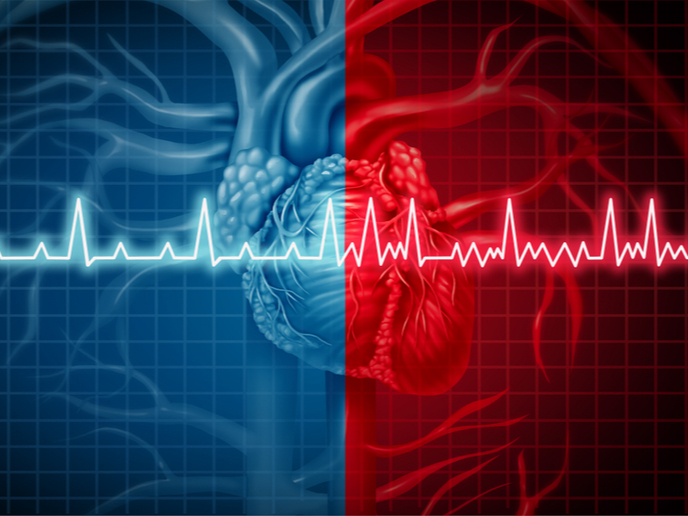Blue bacteria toxins in human blood
Cyanobacteria cause ecological and health problems in most aquatic systems where they grow in blooms and produce toxins, disturbing the ecological habitat of many organisms. However, little is known about the level of toxin exposure in human populations that come into contact with toxic blooms. Humans are exposed to microcystin and its effects primarily during bloom events, through drinking or contact with contaminated water, food or aerosols. Researchers need to understand the physical and physiological events governing toxic bloom formation and toxin production to accurately determine human exposure. This is important for populations living close to water bodies that experience toxic blooms such as the population of San Roque dam, Argentina. The EU-funded MEAT (Microcystin exposure associated toxicity) initiative has investigated how cyanobacteria form blooms and produce the toxin microcystin. Field experiments were conducted to measure microcystin toxin levels in different water samples. MEAT employed sensitive molecular, immunological and chemical techniques alongside physical and geochemical measurements. The researchers studied the thresholds and triggers that affect microcystin concentration using many techniques in the field. MEAT used sensitive molecular, immunological and chemical techniques and other geochemical and physical measurements. Using a hydrodynamic and an ecological model, the scientists made predictions for toxins by studying the movement of water in the field. Research results showed that the concentration of toxins is markedly different in different regions within blooms. MEAT also found that different fish species seem to have different toxin transport capabilities. MEAT collected water, food and human blood samples from Argentina and Uruguay to begin risk assessment and management for exposure to the cyanobacterial toxin. The researchers developed and refined analytical tools and methods to determine toxin levels in human blood samples from blood banks. These findings are crucial for risk assessment and understanding toxin exposure in local populations. Argentina and Uruguay are actively contributing to the MEAT effort given the immense cyanobacteria exposure problem they face.







